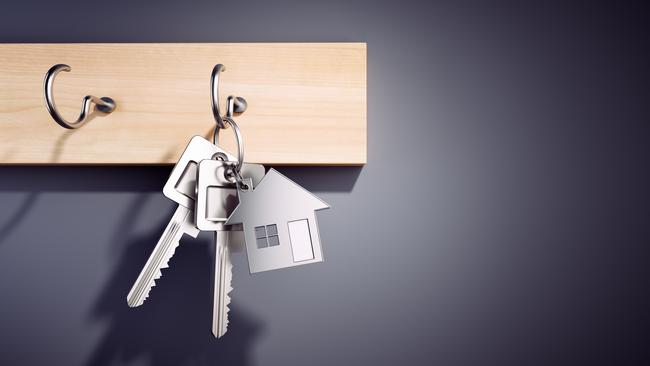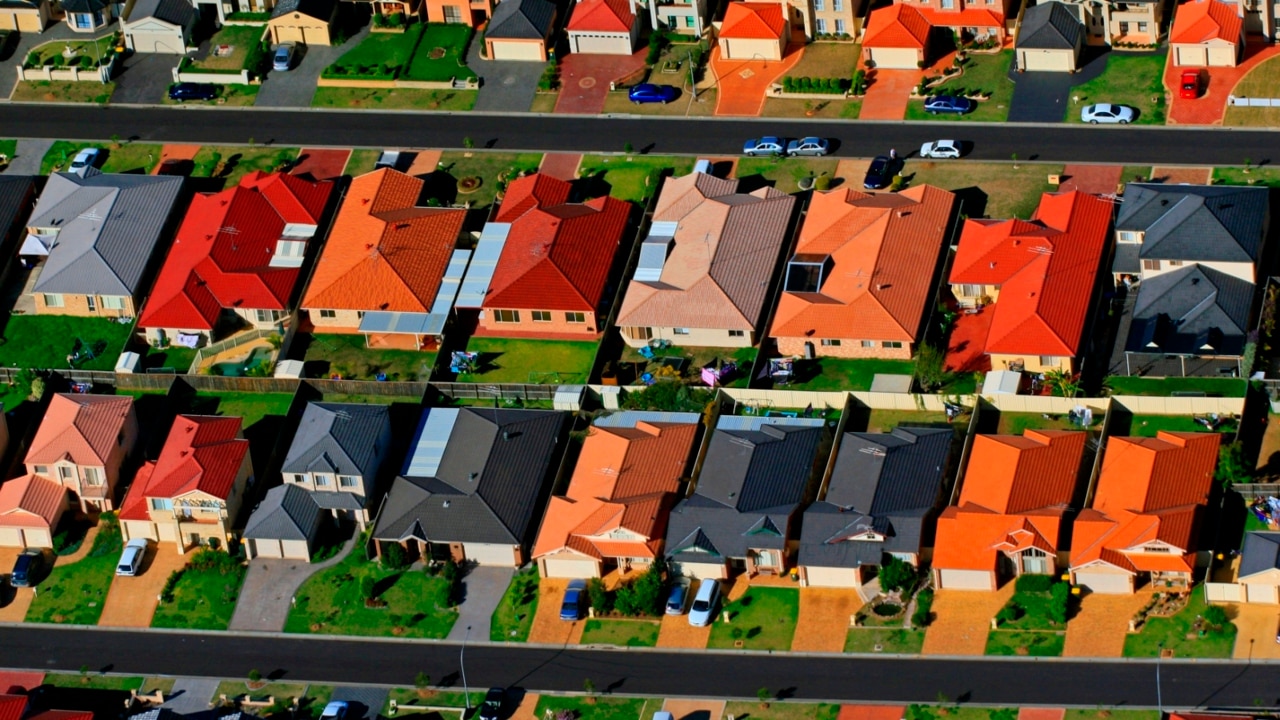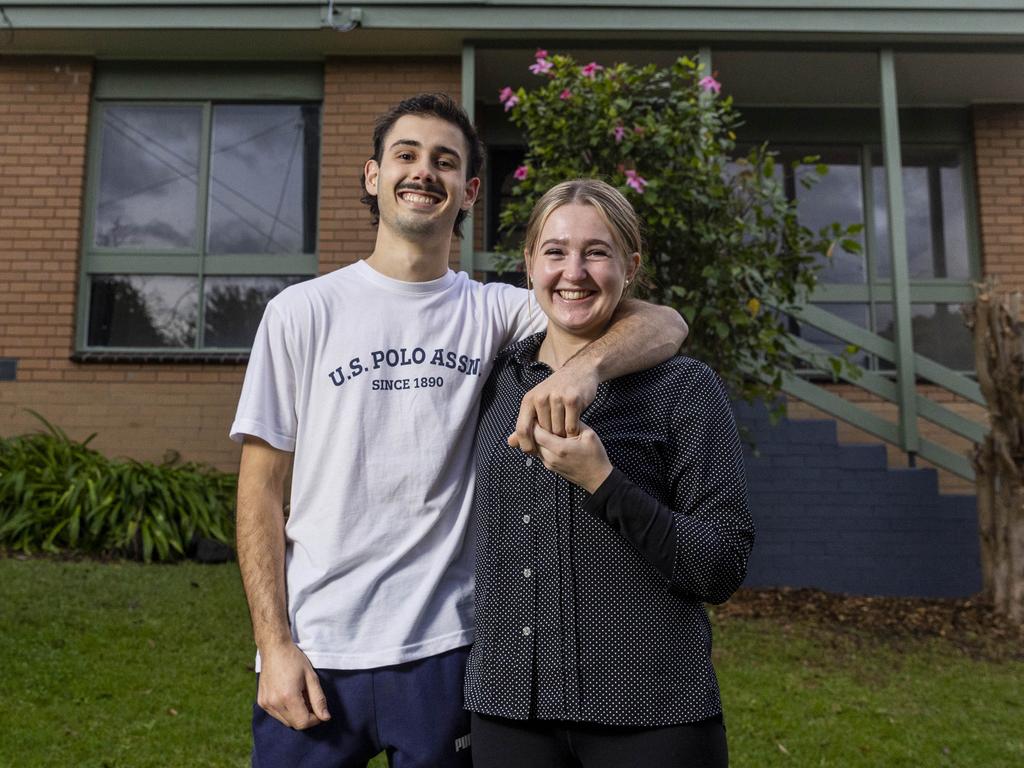
The reality is that pitted against those fortunate people in the housing market who have been able to enjoy the benefits of rising property prices, there are many people who face increasing levels of housing stress. It’s not just those who face the challenge of purchasing their first home but also the large number of renters who face uncertain tenure and rising rents.
About two-thirds of households own or are paying off their own homes. The rate of home ownership has declined, with younger age groups less likely to be in the housing market than in previous decades. In terms of buying a home, it has become a much more expensive proposition.
Where the ratio of house prices to median income had been under 6:1 before the pandemic, it is now 8.5:1 nationally – making Australian homes among the dearest in the world. The combination of low mortgage rates and credit availability were big contributors to the most recent surge in prices.
Assuming a savings rate of 15 per cent of gross income, it will take most people more than a decade to save up for a deposit to buy a first home. It’s little wonder many will seek the help of mum and dad if that’s an option.
Another recent development in the housing market is the escalation of rents for private accommodation. The most recent rises have exceeded 10 per cent a year on average, with larger increases in the regions. About a third of households are renters and most rent from private landlords. More than 1.4 million households receive rental assistance from the federal government. While the availability of social/public housing varies from state to state, it accounts for relatively small shares of renters overall, with a skew towards older people.
About a fifth of the population owns additional investment dwellings that are rented out; most own only one rental property. There is anecdotal evidence – the official figures are lagged – that substantial numbers of private landlords have been selling up. The lure of cashing in on high house prices plus restrictive new tenancy laws in some states are said to be driving this trend. Conversion to holiday lets (Airbnb) also has been relatively common.

The earlier intervention by the Australian Prudential Regulation Authority, starting in 2015, to restrict home loans for investors is now affecting the availability of rental properties.
Housing affordability has become an urgent concern for federal and state governments. Increasing proportions of the population are finding it difficult to secure affordable accommodation. The composition of households also has changed – fewer people per household – which has implications for the market.
The central conundrum for governments is that most voters own or are paying off their own homes. Government moves that might make accommodation more affordable for those struggling in the housing market could reduce capital values for existing property owners. For those who have recently purchased homes, this is a serious risk.
There has been a tendency to demonise those owning rental properties, with accusations that they push up property prices and lock out first-home buyers. In the 2016 and 2019 election campaigns, Labor committed to restricting negative gearing for investment property purchases and increasing the rate of capital gains tax. These commitments have been dropped, but there are still strong advocates for these measures to improve housing affordability – which they may not.

The most common intervention pursued by state governments is the first-home buyer grant. This provides a cash amount – sometimes higher for new homes – to first-home purchasers to offset the cost. Working on the demand side of the market, it is generally accepted the benefits of this policy flow to sellers of properties by driving up prices.
This federal government has its own version of a demand measure – its First Home Loan Deposit Scheme, which enables purchasers to have deposits as low as 2 per cent (generally 5 per cent) of the valuation of the home and avoid paying mortgage insurance. The number of loans under this scheme is limited but recently has been expanded from 10,000 a year to 35,000. Labor has pledged to retain this program. (There are about 150,000 first-home buyers every year.)
The Coalition also has pledged to allow individuals to access a portion of their superannuation balances – up to 40 per cent – to use as a home deposit. Facilitating downsizing by older people also is seen to free up stock for younger people, although suitable homes will be needed by those selling up.
Labor has proposed a shared equity arrangement in which the federal government provides 30 or 40 per cent of the purchase price, with buyers required to pay a deposit as little as 2 per cent. Restricted to lower-income earners, 10,000 loans a year will be approved initially. It’s too early to say how such a scheme would play out but it’s unlikely to shift the dial significantly on housing affordability in the short term.

There are also various policies in play to lift the number of public housing units which, on the face of it, looks like an attractive option to help out low-income renters. In practice, it has been slow to achieve significant numbers of new units and, once filled up, there still tends to be large numbers of people on waiting lists.
The bottom line is housing affordability has been an issue for a long time; it is even more acute at the moment, particularly for renters. The recent surge in net overseas migration is putting further pressure on the rental market.
Most government measures actually make matters worse. Increasing the supply of new housing – by releasing land, by removing regulations/planning restrictions and reducing the cost of new homes – has to be part of the solution. But these measures are the gift of state and local governments. For various reasons, these levels of government are slow or unwilling to institute the changes. And bear in mind that people have legitimate preferences for stand-alone dwellings rather than apartment living.
The inevitable conclusion is there are no easy answers and certainly no quick fixes.








When it comes to the wellbeing of the population, there are some essential elements. They include adequate food but also affordable and appropriate accommodation.